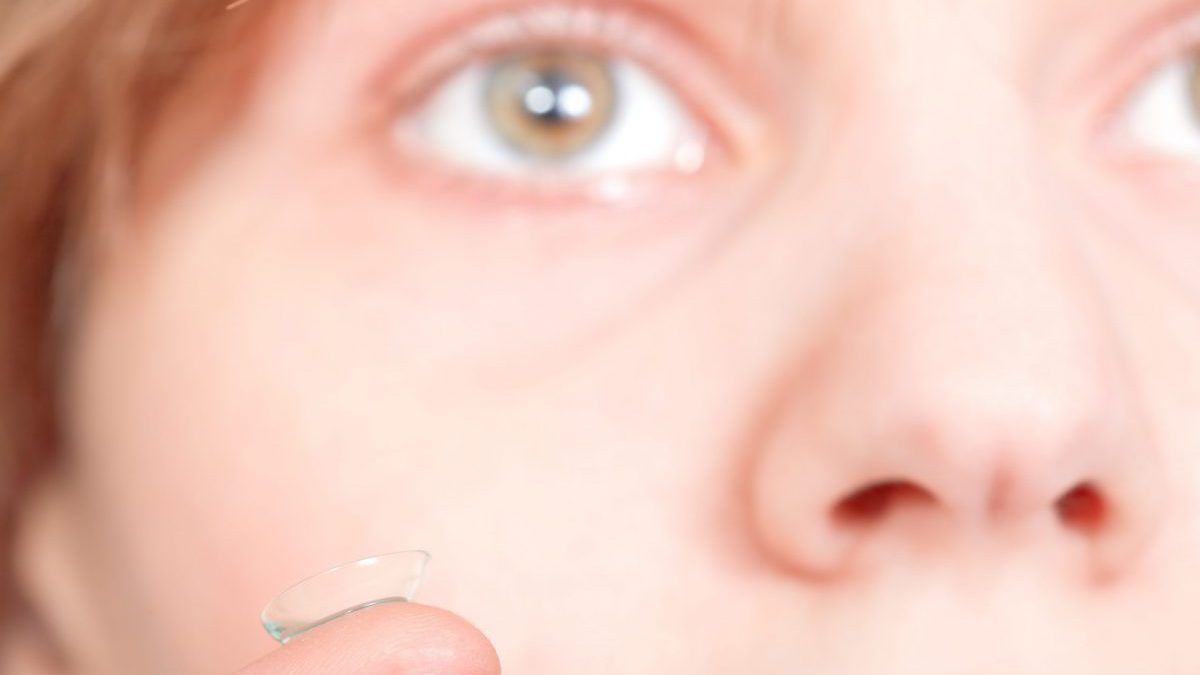Science
Six year safety data for children wearing soft contact lenses

In this article:
Paper title: Ocular health of children wearing daily disposable contact lenses over a 6-year period
Authors: Jill Woods (1), Debbie Jones (1,2), Lyndon Jones (1,2), Susanna Jones (3), Chris Hunt (3), Paul Chamberlain (4), John McNally (4)
1:Centre for Ocular Research & Education (CORE), School of Optometry & Visual Science, University of Waterloo, 200 University Ave W, Waterloo, Canada
2:Centre for Eye & Vision Research, Hong Kong
3:Visioncare Research Ltd., Farnham, Surrey, UK
4:CooperVision, Inc. Pleasanton, United States
Date: August 2021
Reference: Ophthalmic Physiol Opt. 2021;41:523-31 [Link to open access paper]
Summary
This study investigated the safety of daily disposable soft contact lens (omafilcon A) wear in children during a 6 year double masked trial, totalling 653 patient-wearing years. The 8 to 12-year-old neophyte cohort were successful contact lens wearers with minimal impact on ocular physiology. No contact lens related serious adverse events (corneal infections, microbial keratitis) or significant changes on biomicroscopy (eg. hypoxia) were recorded during the 6 year period. Importantly, no adverse events were observed in children under 10 years of age, providing assurance of an acceptable range of safety in this young age group. The rate of corneal infiltrative events was 0.61% with a mean age of adverse event presentation of 12.6±2.0 years of age. This highlights the importance of regularly re-educating patients and parents on safe contact lens wear and contact lens hygiene. The highest proportion of adverse events (approximately one-third) and discontinuation (9.7%) occurred in the first month of wear. Clinically, this means children should be followed closely during the first month, to identify and manage adverse events early. The results from this study suggest that children as young as 8 years of age at fitting can successfully wear daily disposable hydrogel contact lenses for multiple consecutive years. This should provide eye care practitioners with confidence regarding the long term safety of daily disposable soft contact lenses in children.
What does this mean for my practice?
The bottom line is the long-term use of daily disposable contact lenses in kids is associated with very low rates of complications, and on average, no significant changes on biomicroscopy compared to baseline. Check in regularly with your patients in the first month of wear, as this is when issues are most likely to arise.
What do we still need to learn?
We still need to learn about the safety profile of daily disposable contact lenses in younger children (6-8 years) as there is increasing popularity of myopia control contact lenses in this age group.
Abstract
Title: Ocular health of children wearing daily disposable contact lenses over a 6-year period
Authors: Jill Woods, Debbie Jones, Lyndon Jones, SusannaJones, ChrisHunt, Paul Chamberlain, John McNally
Purpose: To report on the ocular health and safety of children fit with soft hydrogel daily-disposable contact lenses, and followed for 6-years in a double-masked clinical trial investigating the performance of a dual-focus contact lens designed to control myopia progression.
Methods: Children aged 812 years, naïve to contact lens wear, were enrolled across four international sites. During years 1-3, children were randomised to either MiSight 1 day or Proclear 1 day (both omafilcon A, CooperVision, Inc.). The lenses were identical in material and geometry except for the front optical zone design. At the end of year-3, all those wearing Proclear 1 day were switched to MiSight 1 day, therefore all wore MiSight 1 day in years 46. Subjects agreed to wear the lenses at least 10-hours/day, 6-days/week. After dispensing, study visits were at 1-week, 1-month, 6-months and every 6-months until 6-years. At each visit, ocular measurements and subjective responses were recorded. Biomicroscopy used 0-4 grading scales; grade 0 represented no findings.
Results: 144 children were enrolled: 69F:75M; mean age 10.1 years; mean cycloplegic spherical-equivalent refraction -2.11D; ethnicities included 34 East-Asian, 12 West-Asian, and 79 Caucasian. 92 completed the 6- years. Only three subjects discontinued due to an ocular adverse event (AE). No contact lens related AEs were classified as serious. The incidence rate of infiltrative AEs was 0.61% (6.1/1000 wearing-years; 95%CI: 0.24%- 1.57%). The most common biomicroscopy findings were limbal, bulbar and tarsal hyperaemia and tarsal roughness. 99% of all biomicroscopy findings were grade-1 or lower. After 6-years of lens wear, ocular health by biomicroscopy was similar to pre-lens wear.
Conclusions: Across the 6-years, there were no contact lens related serious AEs and biomicroscopy showed no significant changes. Results suggest that children this age can successfully wear daily-disposable hydrogel con-tact lenses with minimal impact on ocular physiology.
Meet the Authors:
About Clare Maher
Clare Maher is a clinical optometrist in Sydney, Australia, and a third year Doctor of Medicine student, with a keen interest in research analysis and scientific writing.
Enormous thanks to our visionary sponsors
Myopia Profile’s growth into a world leading platform has been made possible through the support of our visionary sponsors, who share our mission to improve children’s vision care worldwide. Click on their logos to learn about how these companies are innovating and developing resources with us to support you in managing your patients with myopia.












